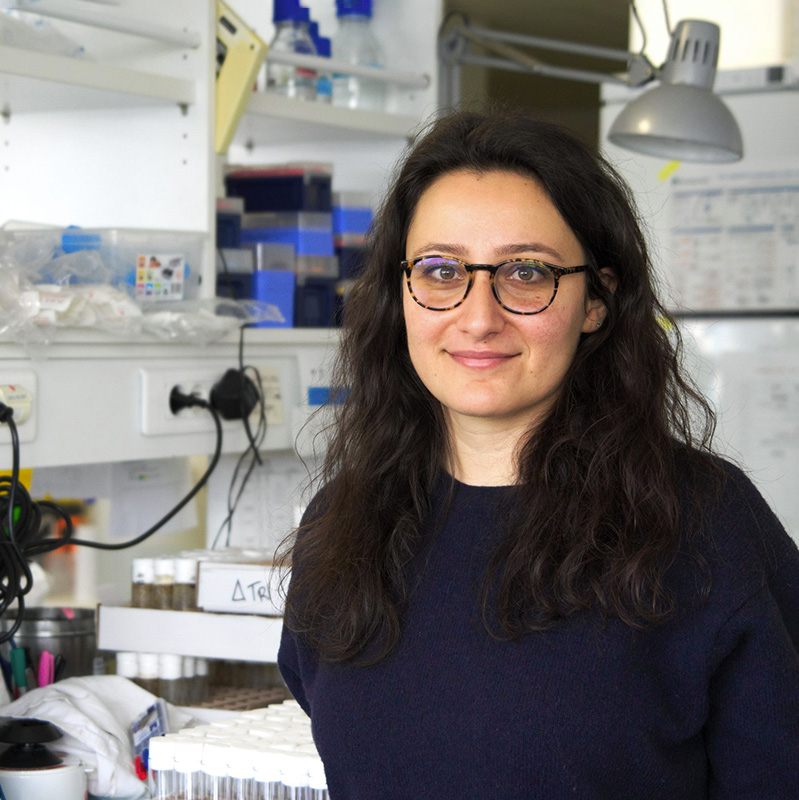Thesis defense: Alexia Grasso
| When |
Oct 18, 2021
from 01:30 to 04:30 |
|---|---|
| Where | Amphithéâtre L, site Monod, ENS de Lyon |
| Contact Name | Alexia Grasso |
| Attendees |
Jury members: Dr GIORGETTI Luca, Chef d’équipe, FMI/Basel, Rapporteur; Dr LAGHA Mounia, Directrice de recherche, IGMM/Montpellier, Rapporteure; Dr OUDELAAR Marieke, Chef d’équipe, Max Planck Institute/Gottingen, Examinatrice; Dr SCHNORRER Frank, Directeur de recherche, IBDM/Marseille, Examinateur; Dr AVEROF Michalis, Directeur de recherche, IGFL/Lyon, Examinateur; Dr GHAVI-HELM Yad, Chargée de recherche HDR, ENS de Lyon Directrice de thèse. |
| Add event to calendar |
|

On october 18th, Alexia Grasso of the team of Yad Ghavi-Helm will support his thesis entitled:
"Influence of the genomic context on enhancer-promoter interactions during early Drosophila embryogenesis"
Abstract:
Embryonic development is controlled by the complex regulation of gene expression, which involves regulatory elements such as promoters and enhancers. Enhancers are short regions of DNA that can be located either proximal or distal to the promoter of their target gene, often skipping closest genes. To regulate gene expression, distal enhancers need to be brought in close three-dimensional proximity to the promoter of their target gene, forming an enhancer-promoter chromatin loop. The 3D proximity between promoters and enhancers seems to be favored by the spatial configuration of chromatin into Topologically-Associating Domains (TADs). This led to the notion that TADs constitute basic functional domains driving enhancer-promoter interactions. However, the molecular mechanisms driving the interaction specificity between enhancers and promoters within and outside TAD domains are still largely unknown. To identify what might control enhancer-promoter specificity, I systematically perturbed the twist locus (the master regulator of mesoderm function) in Drosophila melanogaster embryos using various transgenesis techniques.
First, I created a fly line where the endogenous sequence of one of the enhancers of twist is present in inverted orientation. Secondly, I generated six transgenic fly lines where the same enhancer of twist is located at different locations and/or distances from its target gene and checked whether these insertions were sufficient to rescue the lethality of the endogenous enhancer`s deletion. I then assessed the impact of these rearrangements on chromatin organization and transcription using 4C-seq, 3D DNA FISH, and RNA-seq respectively. The results indicate that in Drosophila melanogaster, enhancers function in an orientation-independent manner, even at their endogenous locus. Surprisingly, enhancer-promoter interactions can sometimes occur across TAD boundaries and even between a promoter and an enhancer located on different chromosomes. Finally, we observed that the ectopic insertion of an enhancer has a huge impact on gene expression, causing a large number of differentially expressed genes along the genome.
Taken together these results provide a better understanding of enhancer biology, chromatin organization, transcription regulation, and enhancer-promoter interaction specificity during early Drosophila embryogenesis.



